It’s that time of year when the days of snow begin to fade and the days of sunlight and warmer temperatures fill the weather forecast. The hiking boots get laced up, the fly rods get rigged, and the backpacks stuffed with hiking gear. At least that is what we would typically do this time of year. Though we may be on somewhat house arrest from our jobs and friends, nature keeps churning away.
In the depths of the woods, the bears have awoken from their winter hibernations. Whether we are antler hunting, mushroom grazing, backpacking, fly fishing, or hunting, bears as well as mountain lions are often the biggest predatory threat in Montana. With that being said, here are overviews of the bear and mountain lion for you to decide which is more frightening when enjoying the activities you love.
Grizzly and Black Bears
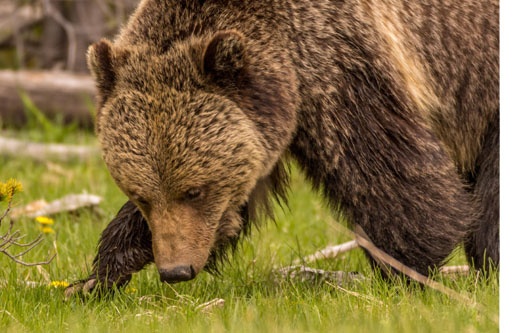
Bears have a bad reputation in Montana. Both Grizzly and Black Bears inhabit our state. They are seasonal, though, as they hibernate all winter. When they wake, they slowly walk through the woods and don’t like to be bothered. They eat berries and scratch their backs on old trees. Like Yogi from the cartoon, the next “picnic basket” is what they seek. That curiosity gets them into trouble with humans. Moreover, our interest in nature gets us into trouble with them.
With black bears weighing up to 400 pounds and grizzly bears up to 800, they can still reach speeds of 30 miles per hour chasing prey. When a bear attacks a human, it is in self-defense, or they’re protecting their young. They aren’t hunting us. It seems like every story of an attack happened has been through one of two scenarios: The bear was startled, or it’s a mother with cubs. The bear doesn’t know what you are, so its action is to defend itself and its young.
The story of Todd Orr’s double attack will likely question everything mentioned above. But reading his story, the humble hunter recalled a mother with cubs who feared Todd and made sure he was no threat to them. Even he doesn’t hold a grudge to her actions and continues to hunt in the same woods of the attack.
What to Do
Be prepared. Always carry bear spray and try to hike with a partner. Play music out loud. Talk loudly and proudly with friends and always have the spray within easy reach.
Black bear fear any sound unfamiliar to them and will flee at the soonest chance. Grizzly will hold their ground until they feel feared or challenged. They can offer a bluff charge where you should hold your ground. If the bear continues, then fall to the ground and play dead with your hands behind your head covering your neck. Even with loud music and talking, bears are curious but will leave if it doesn’t feel right to them.
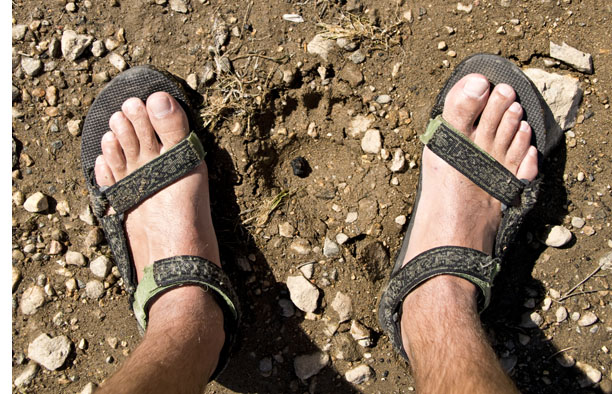 Mountain Lions
Mountain Lions
There is an age-old saying about mountain lions: if you spot one, they have already been watching you for twenty minutes. Let that sink in for a second. Picture a pet cat, for example. Does it chase its prey like a dog chasing a car? No. A cat crouches down, hides, and camouflages to make its prey think it isn’t there. Then when the moment is right, it pounces, lunging at its prey, ensuring with its claws and fangs that the mouse, bird, or lizard has no chance of escape, aiming for their head or neck.
Now envision that same household cat, but add about 130 pounds. Mountain lions live in all the places that we humans love to hike, run, and fish, making us an unfortunate target from time to time.
What to Do
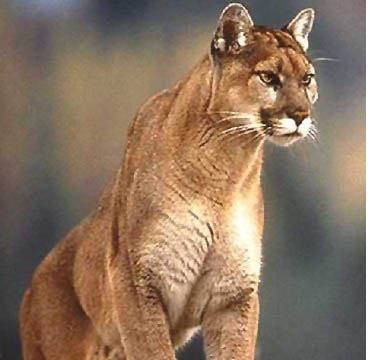
By no means are mountain lions targeting humans. The attacks are so few that to even hear of one a year is a record-breaking statistic. Sadly though, the mortality rate of a lion attack is high. They attack their prey by surprise. Typically with an elevate pounce where they can aim for the deer, elk, or other small prey by the neck or head to kill and minimize injury to themselves quickly. Still, we can avoid and also survive attacks by lions.
Try and recreate in the middle of the day. Most cat activity happens during the twilight hours of sunrise and sunset. Like bears, try and hike with friends. If you do encounter a lion, be calm and confident. Never run. Talk loudly and try and make yourself look big. In the case of an attack, use whatever possible to defend yourself. Fight back.
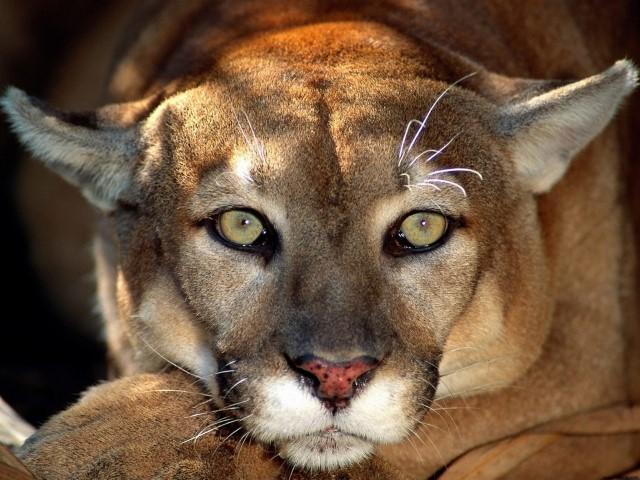
So, which is worse?
As mentioned, none of the three animals have interests or specificity in hunting and killing humans. We love the outdoors, and that alone causes interactions that can get us into scenarios that result in an attack. One may seem like an encounter to tell your grandchildren one day, while the other can give you nightmares for the rest of your life. Regardless of which you decide, both demand respect. We are, after all, in their backyards. Anytime we step out onto the trail or the backcountry, we need to understand that the level of the food chain has shifted.
If these predators were absent from Montana, the places and ecosystems we recreate in would surely not be as beautiful or grand.

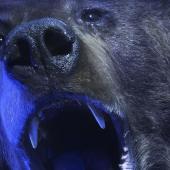
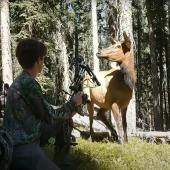

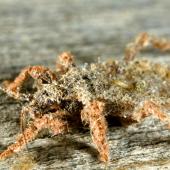

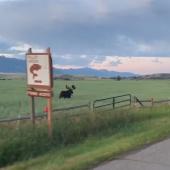
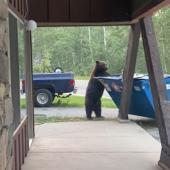
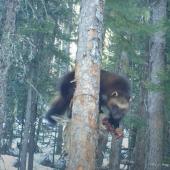
- Reply
Permalink